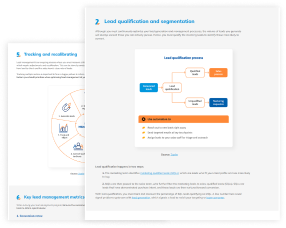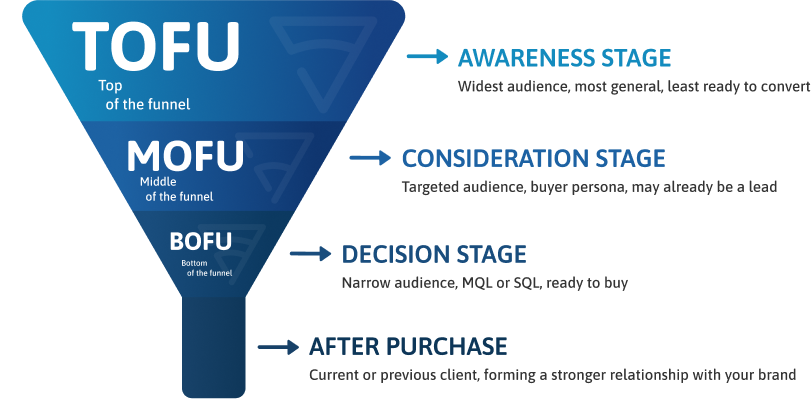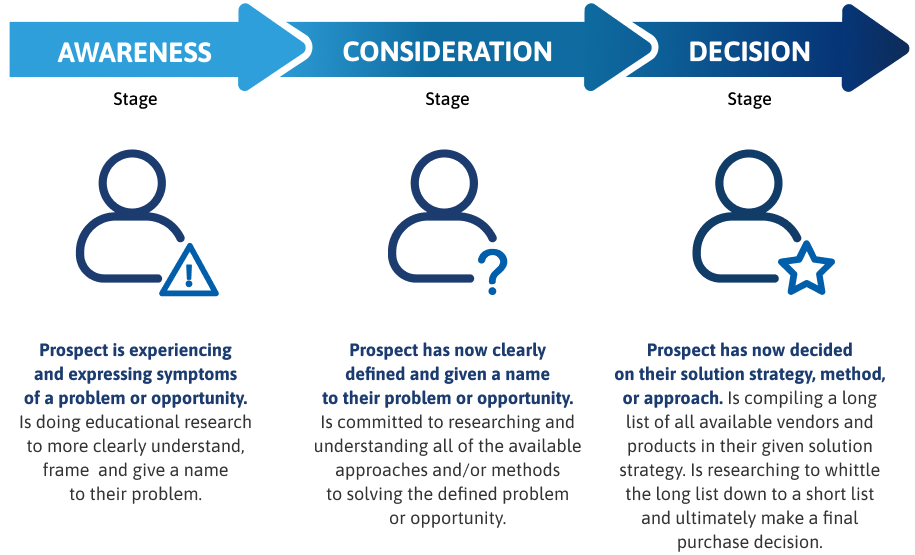1. Conversion rates: The conversion rate is the percentage of leads that become paying clients. As such, conversion rates are an ideal metric for measuring the success of your lead nurturing strategies. You can also assess your conversion rates on a more granular level by focusing on SQL and MQL conversion rates, which will help identify gaps in your lead scoring and nurturing efforts.
2. Cost per acquisition (CPA): This metric calculates the total expenditure for converting a lead to a client (also known as client acquisition cost or CAC). Tracking your CPA helps guide the optimization of campaigns and budget allocation, especially in combination with other metrics that highlight the performance of each strategy.
3. Lead quality: Lead qualification is an automated process and its effectiveness pivots around how well you define the lead qualification milestones. Hence, lead quality is actually a measure of your lead scoring management. If your funnel is packed with low-quality leads, the problem could lie upstream in attracting the wrong audience or in your lead qualification metrics.
A significantly higher SQL conversion compared to that for MQL leads is another qualification process issue. High-quality and properly qualified leads help raise conversion rates and business growth.
4. Lead velocity: This denotes the speed at which your leads move through the sales funnel. A higher velocity naturally translates into a shorter sales cycle, lower CPA, and more conversions. As a result, lead velocity can be indicative of the success of multiple strategies, as well as buyer intent.
5. Sales cycle length: The sales cycle length measures the length of time taken to convert leads into clients. Sales cycles are much longer in B2B marketing due to the number of decision-makers within most B2B buying committees. Typical B2B sales cycles can run from three to six months, depending on the product and cost. Similar to lead velocity, analyzing this metric can help you optimize campaigns and boost conversions.
6. Customer lifetime value (CLTV): CLTV encompasses the total revenue a client brings to your business over the entire length of their association. A higher CLTV should be a top priority for most organizations, with a consistent focus on retention.
7. Open rate: Email open rates are the percentage of your emails that are opened by your leads. The open rate is related to the subject line and preheader and the lead’s level of trust with your brand.
8. CTR: The click-through rate records the percentage of leads performing a desired action in the email. The action could be clicking a hyperlink or a CTA button. The CTR measures the prospect's engagement with your content.
9. Social Metrics: It is important to measure audience engagement with content that you post on social platforms like LinkedIn and Facebook. Likes, shares and comments are an indication of engagement, and comments are an opportunity to start building a one-on-one relationship and drive the leads to your website for additional nurturing.

























